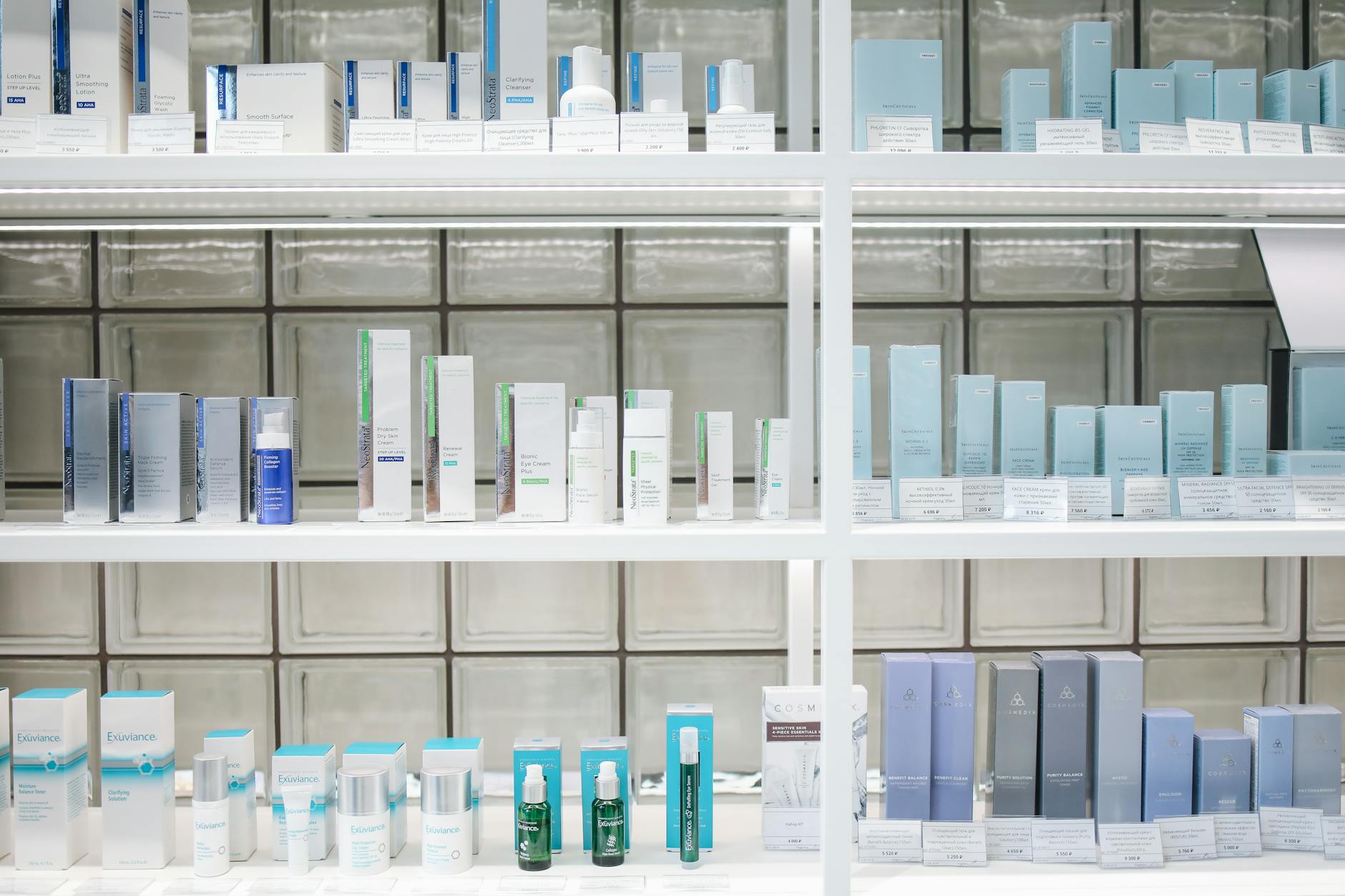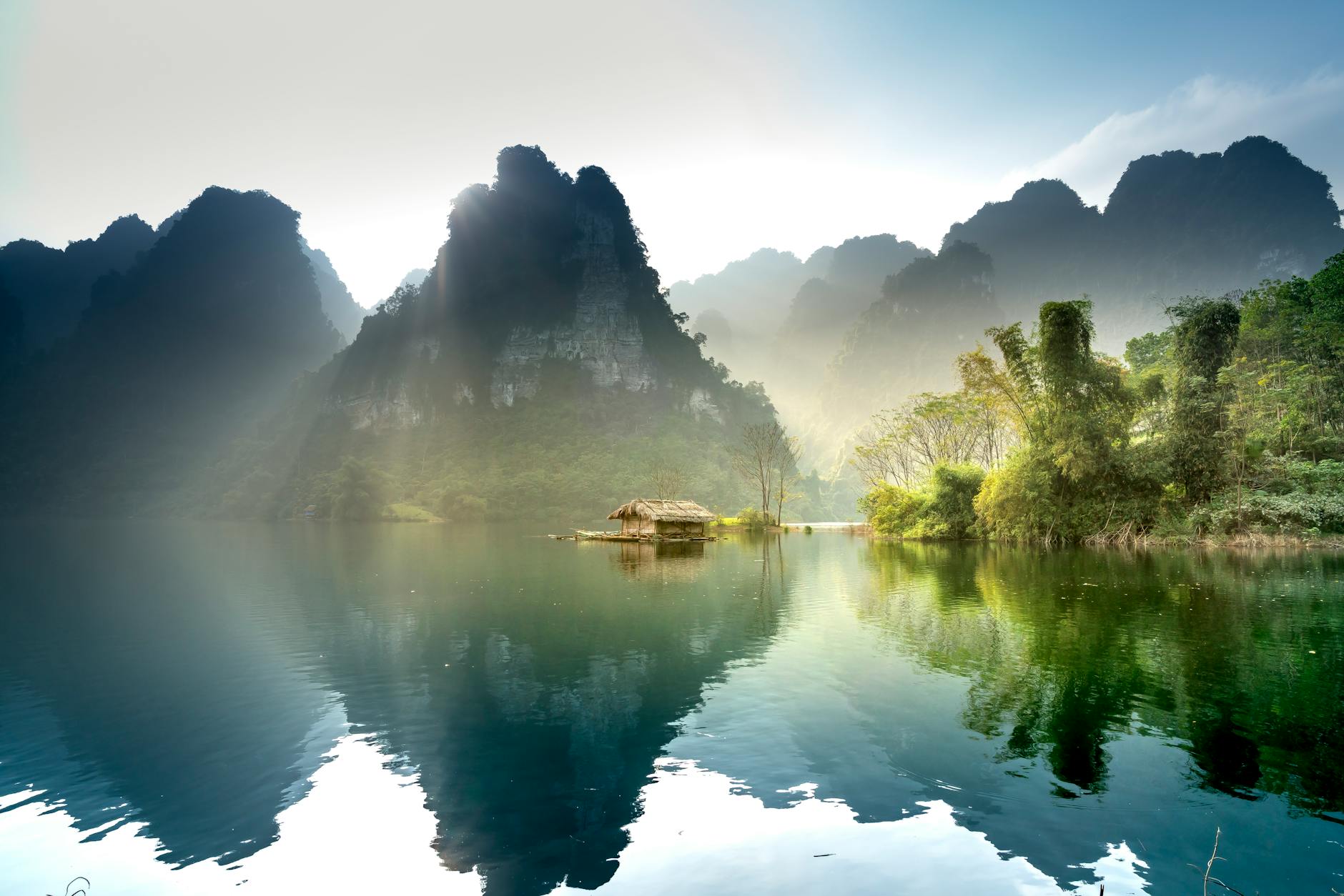Why Sunscreen Choices Matter for Australia's Coral Reefs and Ecosystems

Impact on Coral Reefs
Exploring the intricate relationship between sunscreen and coral reefs is essential for eco-conscious families who frequent Melbourne's Royal Botanic Gardens Victoria. Many common sunscreen brands contain chemicals like oxybenzone and octinoxate, known to harm marine life. As a marine biologist, I understand the crucial balance we must maintain between sun protection and environmental stewardship. This not only encourages us to switch to natural sunscreen options but also informs broader eco-friendly practices.
Effect of Sunscreen Chemicals
The harmful effects of certain sunscreen chemicals on coral reefs cannot be overstated. These substances contribute to coral bleaching events, a phenomenon endangering reefs globally, including those along the Great Barrier Reef. When released into the ocean, these chemicals compromise coral health, leading to severe ecosystem disturbances. Therefore, it’s important for parents to consider using kids sunscreen that prioritises natural ingredients, supporting both our children's skin health and the marine environment.
Shared Benefits of Healthy Reefs
Healthy coral reefs offer invaluable benefits beyond their aesthetic beauty. They protect shorelines, support marine biodiversity, and contribute to local economies through tourism and fishing. When families engage in responsible sunscreen choices, these habitats flourish, ensuring continued ecosystem benefits. The efforts in places like the Melbourne Zoo's sustainability programs aim to instill eco-friendly practices among young learners.
Coral Bleaching Concerns
Coral bleaching remains a major issue that underscores the urgency of our responsibility. Education is a powerful tool; sharing environmental stories with our children helps them understand their role in protecting the planet. By using products that minimise ecological impact, we contribute to the well-being of coral reefs and, consequently, the Earth's future.
Reef-Safe Sunscreen Ingredients
Key Ingredients to Avoid
When selecting personal care products, particularly sunscreen, it's essential to consider the environmental impact, particularly on marine ecosystems. Many conventional sunscreens contain chemicals like oxybenzone and octinoxate, which pose threats to coral reefs. These substances contribute to coral bleaching and have detrimental effects on marine life. In the spirit of sustainability, akin to practices encouraged by the Royal Botanic Gardens Victoria, we must be mindful of what we apply to our skin.
Safe Minerals and Their Benefits
For those who wish to protect both their skin and the environment, choosing sunscreens with reef safe sunscreen formulations can make a significant difference. Products that use minerals such as zinc oxide and titanium dioxide offer effective sun protection without harming the ocean's delicate ecosystems. These minerals work by physically blocking UV rays, providing broad-spectrum protection to shield your skin from harmful radiation. Just as the CERES Community Environment Park promotes eco-friendly alternatives, selecting sunscreens with these safe ingredients can foster a healthier planet.
Regulatory Guidelines
Australia has stringent regulatory guidelines for sunscreens to ensure safety for both humans and the environment. These guidelines are designed to protect sensitive marine habitats and the Great Barrier Reef from chemical pollution. As you select sunscreen products, it is beneficial to check if they comply with these standards. This echoes the Melbourne Zoo's sustainability programs which encourage responsible consumer choices, empowering us to make a positive impact on our planet.
Eco-Friendly Practices
Choosing the Right Products
As someone deeply committed to protecting our planet, I understand how overwhelming it can be to navigate the vast array of sunscreen products available today. Not all sunscreens are created equal, especially when it comes to their impact on marine life. Opting for zinc sunscreen is a step in the right direction for preserving our precious ecosystems. Zinc oxide is a mineral-based ingredient known for being less harmful to coral reefs compared to chemical alternatives.
When selecting a sunscreen, it's important to read ingredient labels carefully. Avoid those containing oxybenzone and octinoxate, both of which have been linked to coral bleaching. Instead, seek products labeled as "reef-safe" or "biodegradable" to ensure you're making environmentally conscious choices.
Partnering with local initiatives, like those at the Royal Botanic Gardens Victoria, can also enrich our understanding of eco-friendly product choices. These institutions often run educational programs that can guide us in identifying sustainable brands.
In addition, consider supporting brands that actively contribute to environmental conservation efforts. Many companies are now transparently sharing their eco-friendly practices, such as sustainable sourcing and recyclable packaging. Your purchase can make a difference, encouraging businesses to continue striving for sustainability.
By choosing the right products and supporting responsible brands, we can work collectively toward a healthier planet.
Enhancing Public Awareness
Simplifying Complex Information
As an eco-conscious educator from Melbourne, I often find that the key to effective communication lies in simplification. In my work, I ensure that technical topics, like the impact of baby sunscreen on marine life, are broken down into relatable stories that even young learners and their parents can grasp. Transposing scientific jargon into everyday language not only expands understanding but encourages eco-friendly practices in everyday life. When discussing marine conservation, I share environmental stories inspired by places like Melbourne Zoo's sustainability programs and the Royal Botanic Gardens Victoria, where you can see first-hand the importance of preserving our natural ecosystems.
Platforms for Public Engagement
Engaging audiences through multiple platforms is crucial. In my view, using diverse channels like social media, blogs, and community events can maximise reach effectively. Social platforms allow for quick information dissemination, while blogs provide space for in-depth discussion. As a regular visitor to forums similar to CERES Community Environment Park, I appreciate how they foster an interactive exchange of ideas, sparking proactive dialogue around sustainability topics such as selecting eco-friendly baby sunscreen options.
Educating Fellow Enthusiasts
Connecting with fellow enthusiasts presents another avenue for spreading awareness. Through collaborative discussions, whether online or in community workshops, knowledge-sharing becomes a dynamic process. By nurturing a network of environmentally conscious individuals, I encourage sharing "a-ha" moments that can lead to broader public understanding and action. Such shared empowerment can ripple outwards, making eco-friendly choices more mainstream within our communities.
Reflecting on Common Mistakes
Navigating Ingredient Labels
Many of us tend to misinterpret ingredient labels when choosing skincare products. It’s essential to develop a keen eye for distinguishing harmful chemicals from safe alternatives, especially when shopping for sunscreen in locations like Melbourne. Embrace moments of learning, perhaps at workshops held at the Royal Botanic Gardens Victoria. Engaging in such activities can teach young learners about what to look for in eco-friendly products, empowering them to make informed decisions.
Scepticism Towards Environmental Claims
We often see products boasting eco-friendly credentials, but it's crucial to scrutinize these claims. Engage in discussions or workshops at CERES Community Environment Park, where knowledge about sustainability is promoted. Learning through shared experiences helps decode the genuine from the greenwashing, ensuring that we choose products that genuinely support reef-safe and sustainable practices.
Consumer Influence Awareness
It's easy to fall prey to purchasing decisions swayed by trendy marketing tactics or social media influencers without fully understanding the environmental implications. A visit to the Melbourne Zoo's sustainability programs can illuminate how consumer choices impact broader ecological systems. Increased awareness in young learners and their parents can drive demand for products that contribute positively to the environment.
By reflecting on these pitfalls, we position ourselves, and our families, as informed and responsible consumers ready to protect our precious environments.


